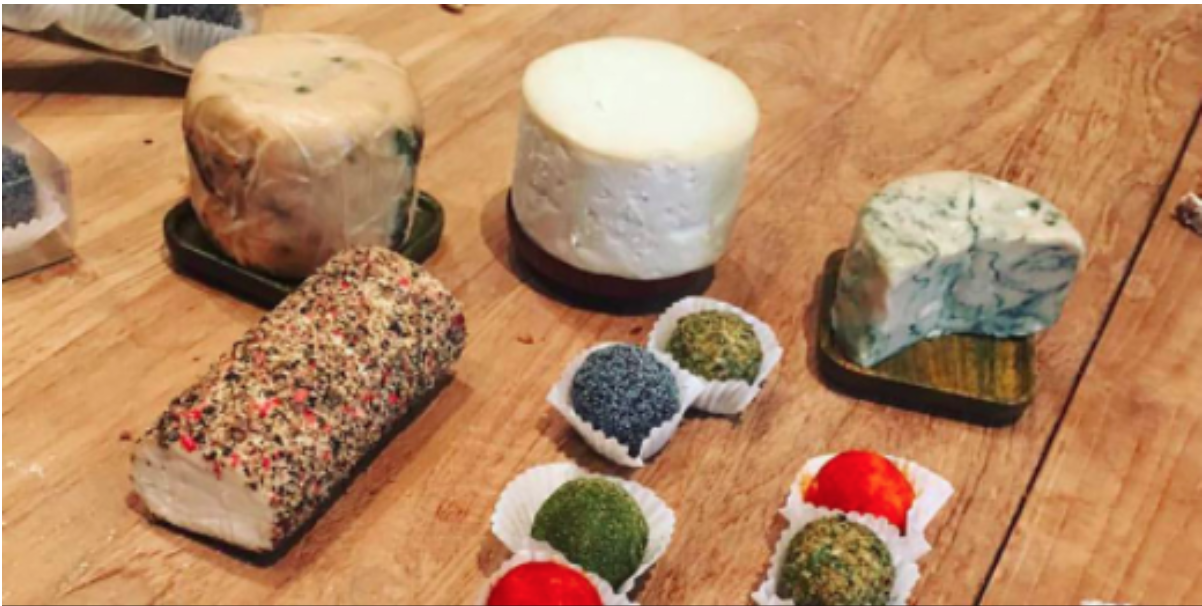By Michael Rimer, Y12
Food of the future
Season 1: Cattle
Chapter 3: Cheese
Hey foodies! I’m back. The following articles under the title “Food of the Future” will cover sustainable foods. Which, 20 years from now, might become a substitute to the native, nature degrading, processed foods. For pictures, as well as abridged versions of these articles, go check my Instagram handle @inandoutgeneva.
Welcome to the last chapter of this first season: cattle. To end this season off, I wanted to cover a food truly Swiss. Today I am trying to find alternatives/substitutes in Geneva for cheese. More specifically, comparing a very traditional soft cheese, Vacherin de Fribourg, to that of the cashew based cheeses available. Due to the fact that vegan cheese has not yet “taken off”, today’s location will be fixed at the Crémerie Végane.
Although the ecological benefits of eating vegan cheese might be apparent (think decreasing consumption of the cattle industry), the health benefits should be put under investigation. Yearly, approximately 187,750 tons of cheese are consumed in Switzerland. Cheese is quite an important food, as it is a direct source of numerous of our bodies essential nutrients, be it the large source of calcium, fat, protein and vitamin D or the less prominent nutrients of B-12 and zinc. However, what is not necessarily evident is that most types of cheese are high in cholesterol and saturated fat with approximately 105mg and 21g per 100g. This comes in direct contrast with the vegan cheese being examined today, with only 45mg of cholesterol and 10.5g of saturated fat per 100g. On this note I ask myself: in relation to the ecological and nutritional impacts of vegan cheese, would I be willing to forgo eating the beloved soft cheeses and swap to vegan cheese?
Today’s products include the TOME VII and as a constant some slices of a Vacherin de Fribourg. From a visual point of view, both cheeses look delicious, from the ripened creamy surface to the oozing interior. Upon tasting the Tome VII two things stand out: the velvety taste and crumbly bite. It had the same milk-like smell and lactic acidity of a soft cheese. It is definitely a close representative of a block of regular young cheese. However, when comparing it to the Vacherin, one thing stands out. Cheese is not famous for the first bite’s taste, rather what comes after. An aged slice of Vacherin’s emanation travels well into your nose, and sits there for a while. Whereas, the vegan alternatives remain rests easy with only an artificial cashew-y after taste.
Out of all the cattle foods I have investigated, I am least likely to swap cheese. Yet, I am willing to admit, that when considering the health benefits and the ecological motive, although I am not ready to give up my cherished Swiss cheeses. Although, I could see myself making the change from regular to vegan cheese – so long as the moderately artificial consistency is improved.



